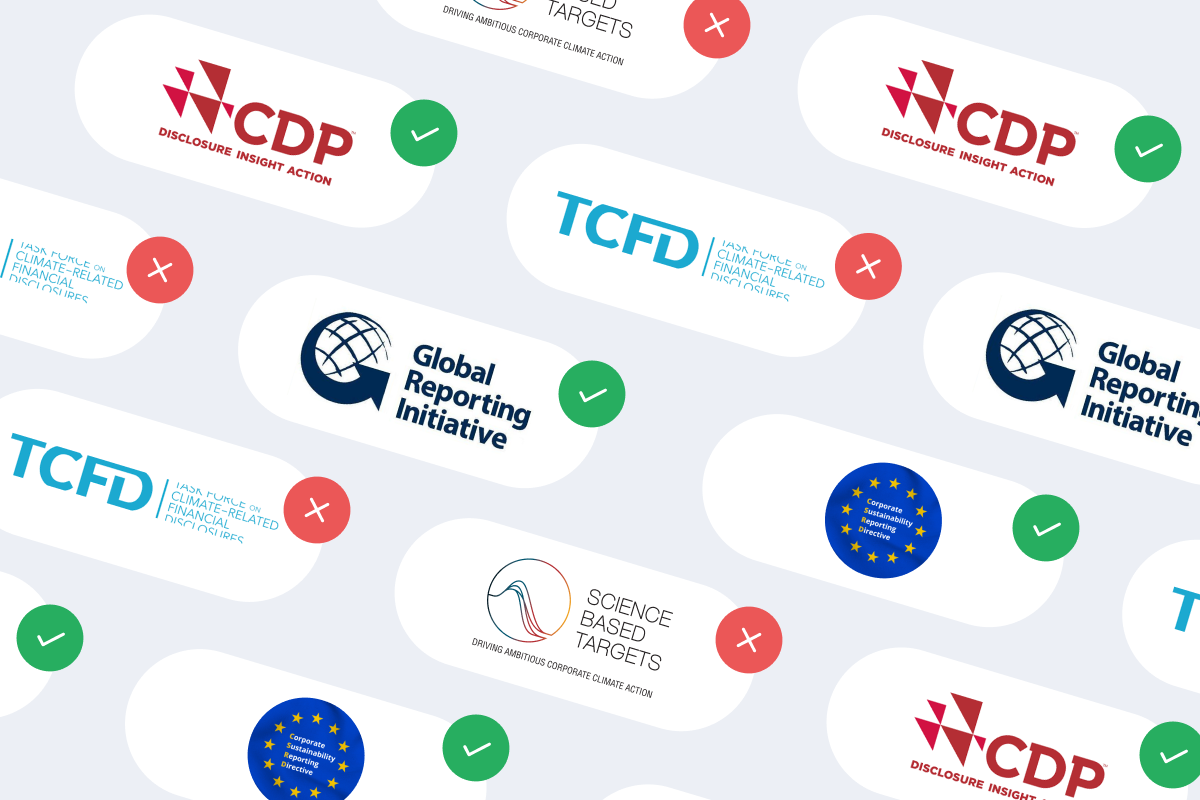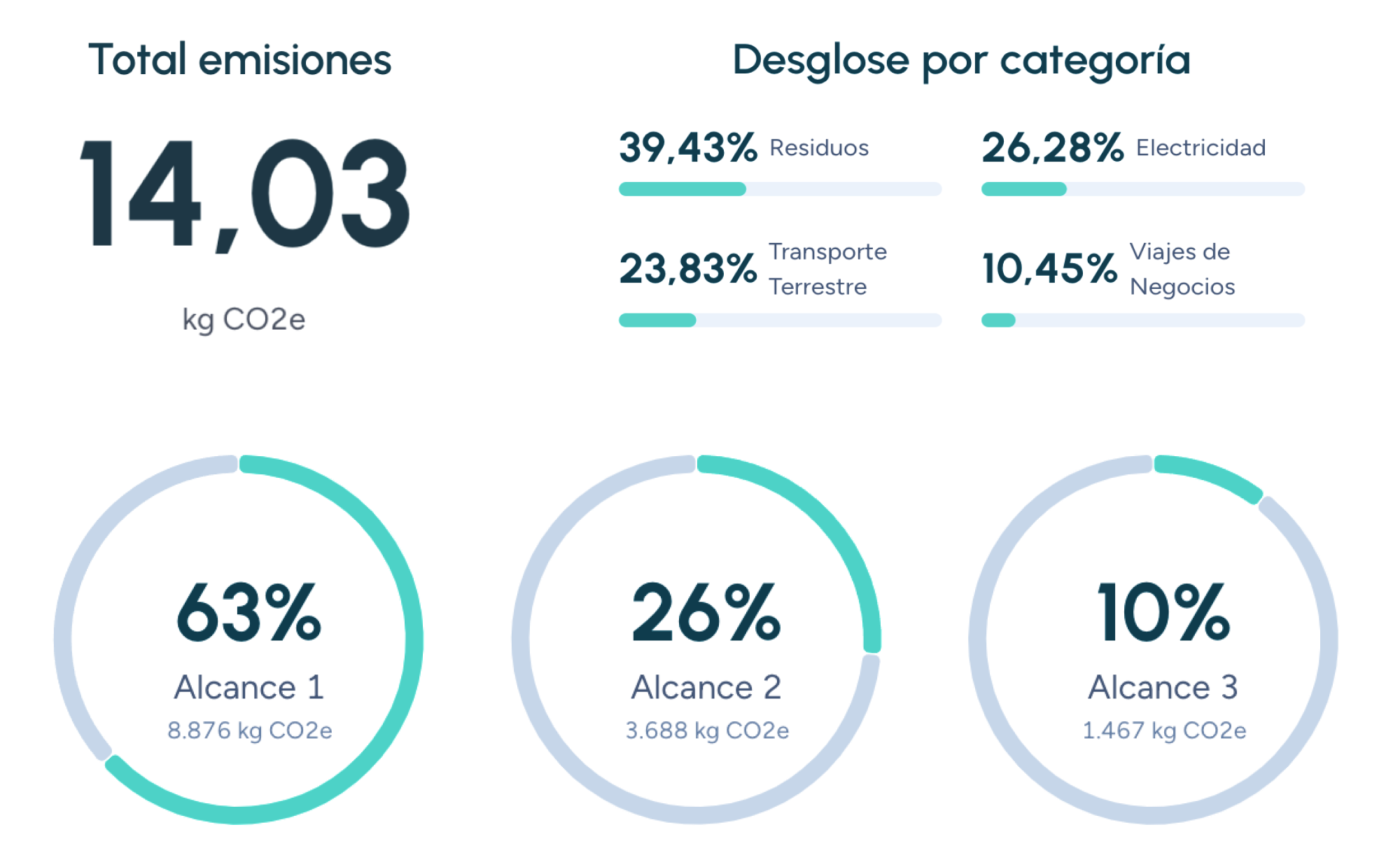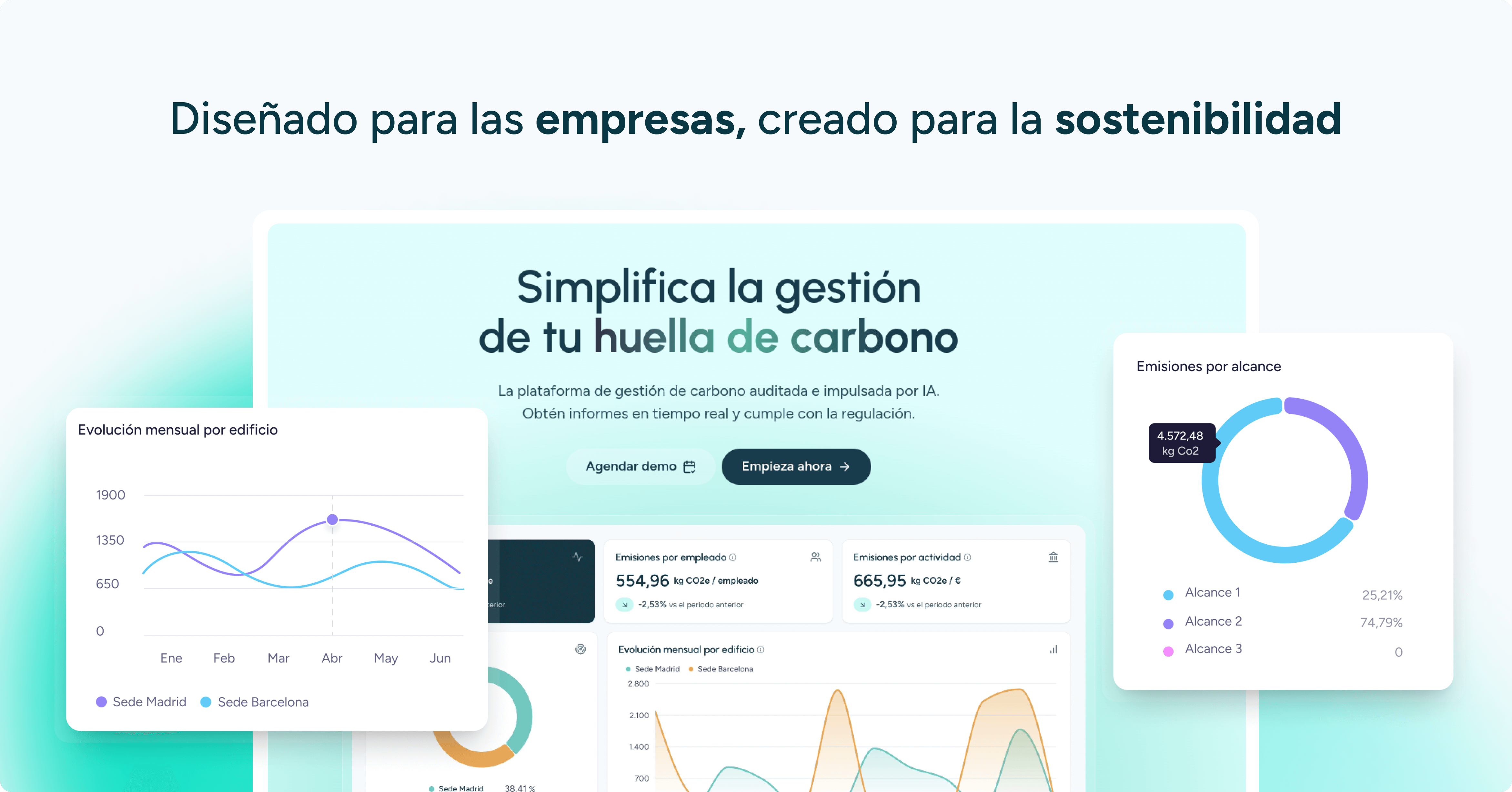Back to the blog
Fugitive emissions: How to reduce business impact
Andrés Cester
CEO & Co-Founder
Carbon dioxide, methane, and other greenhouse gases often steal the limelight in climate discussions, but fugitive emissions—the inadvertent release of gases during industrial processes—remain an under-addressed and significant contributor to climate change. These leaks not only pose environmental risks but also translate into financial losses and potential safety hazards for companies.
This article delves into what fugitive emissions are, why they matter, and how businesses can effectively identify, monitor, and reduce them.
Understanding fugitive emissions
Fugitive emissions are unintended leaks of gases or vapors, typically from equipment components like valves, flanges, and storage tanks. Common in sectors such as oil and gas, chemical processing, and manufacturing, they often involve potent greenhouse gases like methane (CH4). Even small leaks can accumulate into large-scale environmental impacts and operational inefficiencies.
Why fugitive emissions matter
- Climate impact: Methane, for instance, has a global warming potential approximately 25 times greater than CO2 over a 100-year span.
- Regulatory compliance: Governments are increasingly mandating stricter emissions controls, with heavy fines for companies that fail to curb leaks.
- Operational costs: Lost product through leaks can represent a significant economic loss, especially for companies dealing in high-volume production.
- Health and safety: Certain leaks can pose fire, explosion, or toxicity hazards, endangering workers and surrounding communities.
Sources of fugitive emissions
- Valves and fittings: Wear and tear, improper installation, or design flaws can lead to gradual leaks.
- Storage tanks: Volatile organic compounds (VOCs) may escape through tank vents or inadequate seals.
- Pipeline networks: Corrosion, mechanical damage, or seismic activity can create small cracks or holes over time.
- Process equipment: Heat exchangers, compressors, and pumps may leak gases or fluids if seals fail or components degrade.
Detection methods
1. Infrared cameras
Specialized infrared (IR) cameras can visualize otherwise invisible gas leaks. This technique allows for real-time inspections and can cover large areas quickly.
2. Ambient air monitoring
Sensors or samplers placed around facilities detect abnormal concentrations of specific chemicals or gases, indicating a possible leak.
3. Ultrasonic testing
Leaks often create high-frequency sound waves, imperceptible to the human ear. Ultrasonic detectors can pinpoint the exact location.
4. Direct measurement tools
Handheld or stationary instruments measure gas concentration at close range, providing highly accurate data when combined with sniffer probes.
Mitigation and control strategies
1. Equipment upgrades
- Better seals and gaskets: High-quality materials resist wear and tear, lowering the likelihood of leaks.
- Low-leak valves: Upgrading to low-emission valves can dramatically reduce fugitive emissions.
2. Routine maintenance
- Preventive inspections: Schedule regular checks to identify worn parts before they fail.
- Predictive analytics: Use data from sensors and Internet of Things (IoT) devices to predict when leaks are most likely to occur.
3. Leak detection and repair (LDAR) programs
- Regulatory compliance: Some jurisdictions mandate LDAR programs, requiring systematic leak identification and timely repairs.
- Data management: Comprehensive software solutions track leak history, repair status, and compliance documentation.
4. Training and awareness
- Employee education: Workers should know how to spot signs of leaks and understand the importance of swift reporting.
- Safety drills: Practice scenarios for various leak situations, ensuring a quick and coordinated response.
Financial and environmental benefits
A robust fugitive emissions control program can lead to:
- Reduced environmental footprint: Minimizing leaks directly lowers greenhouse gas emissions.
- Cost savings: Capturing product that would otherwise be lost translates into direct revenue gains or cost avoidance.
- Enhanced reputation: Demonstrating proactive measures to reduce leaks can bolster stakeholder trust, especially among environmentally conscious investors and customers.
- Compliance and risk mitigation: Staying ahead of regulatory changes and avoiding fines or shutdown orders.
Industry case study
An oil refinery implemented a rigorous LDAR program, installing advanced IR cameras and scheduling weekly inspections for critical points. Within a year, the company reduced methane leaks by 40 %, saving significant operational costs on lost product. Additionally, their improved emissions record garnered positive attention from environmental agencies and investors, highlighting a competitive edge in a heavily scrutinized sector.
Overcoming implementation hurdles
- High upfront costs: Advanced detection equipment and system upgrades can be expensive, but the long-term savings and reduced regulatory risks often justify the investment.
- Resource allocation: LDAR programs and frequent inspections may require more staff or specialized training.
- Complex infrastructure: Large facilities with extensive piping networks can be harder to monitor effectively. Mapping critical points and using automated solutions can address this challenge.
- Limited awareness: Some companies underestimate fugitive emissions. Proper education and a shift in corporate culture are essential for sustained results.
Future outlook
With increasing global focus on net zero targets and Scope 1 emissions, controlling fugitive emissions will only gain importance. Innovations in AI-driven analytics and cheaper, more accurate sensor technology are on the rise, allowing even small and medium-sized enterprises to adopt advanced leak detection without prohibitive costs. Meanwhile, governments may tighten regulations, making proactive strategies not just beneficial, but necessary.
Andrés Cester
CEO & Co-Founder
About the author
Andrés Cester is the CEO of Manglai, a company he co-founded in 2023. Before embarking on this project, he was co-founder and co-CEO of Colvin, where he gained experience in leadership roles by combining his entrepreneurial vision with the management of multidisciplinary teams. He leads Manglai’s strategic direction by developing artificial intelligence-based solutions to help companies optimize their processes and reduce their environmental impact.
Content
Companies that already trust manglai


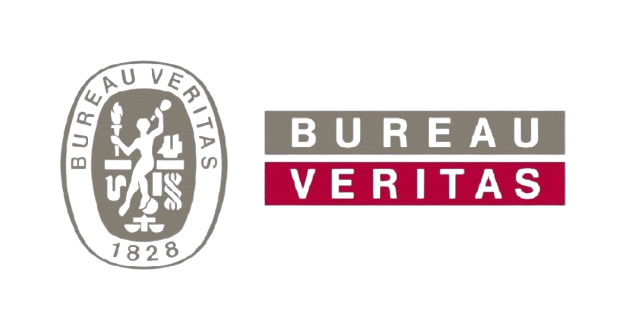

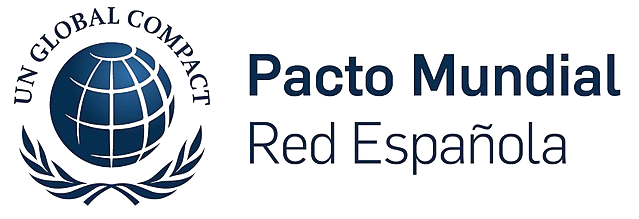








Market-based vs. Location-based Emissions Accounting
Understand the difference between Market-based and Location-based Emissions Accounting methods.
12 May, 2025
The Sustainable Apparel Coalition: Impact on the fashion industry
Explore how the coalition promotes ethical sourcing and sustainability in fashion.
23 April, 2025
Scope 4 emissions: The next big thing in sustainability?
Understand how Scope 4 emissions factor into business sustainability and reporting.
02 April, 2025
Guiding businesses towards net-zero emissions through AI-driven solutions.
© 2025 Manglai. All rights reserved
Política de Privacidad